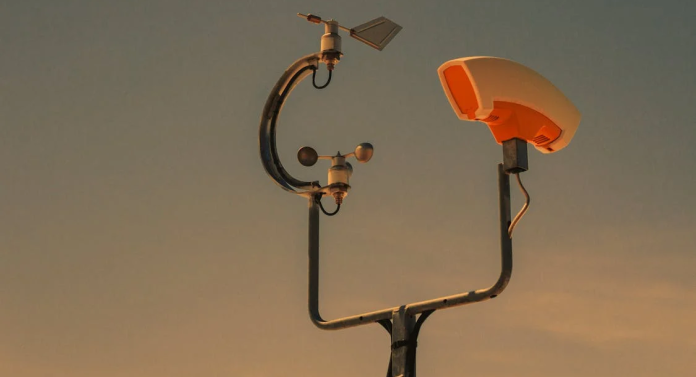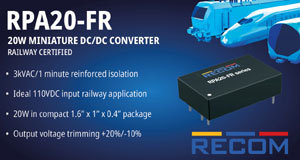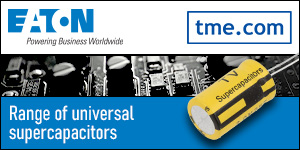Quantum sensors are devices that can detect motion at the atomic level, as well as in electric and magnetic fields, utilizing principles of quantum mechanics such as superposition, entanglement, and tunneling. These sensors measure physical quantities (time, gravity, acceleration, magnetic fields) by observing quantum phenomena in atoms, ions, or superconducting circuits.
Far more accurate and resilient than traditional sensing tech, quantum sensors are poised to revolutionize defense and aerospace electronics—fields where GPS denial, high-velocity motion, and extreme conditions are common. No longer the stuff of science fiction, quantum sensors represent a near-future inevitability.
Strategic Significance in Defense and Aerospace
Quantum sensors have the potential to significantly outperform current sensing technologies in navigational accuracy, threat detection, and situational awareness. For example, quantum inertial navigation systems (QINS) can be used in submarines, aircraft, and spacecraft to one day operate without GPS systems. This can be a game-changer in electronic warfare scenarios, where jamming the enemy’s GNSS (Global Navigation Satellite System) is a common tactic.
For submarines in particular, quantum magnetometers capable of detecting minute variations in magnetic fields could allow for passive submarine detection or underground mapping—all without active sonar or ground-penetrating radar.
In space, quantum gravimeters could be of great help in providing valuable data or aiding in resource exploration through the mapping of celestial bodies or detecting subterranean anomalies far more precisely than gravimeters of today.
Key Applications Under Development
While not yet deployed for real-world use, several hardware applications are well underway in the development phase and are emerging as front-runners.
- Quantum Clocks
There are already atomic clocks used in satellite navigation that use trapped ions or cold atoms. However, newer designs that aim to miniaturize or ruggedize these systems are also in development. They will be used in mobile platforms like UAVs or autonomous naval systems.
- Quantum Accelerometers and Gyroscopes
Exploiting interferometry to track motion—all without reliance on external signals—these sensors could allow aircraft or missiles traversing through GPS-denied zones to maintain accurate positioning for extended durations.
- Quantum Magnetometers
These tools, employing nitrogen-vacancy (NV) centers in diamond or superconducting quantum interference devices (SQUIDs), have the power to potentially detect magnetic anomalies with unprecedented accuracy. Theoretical applications range from locating stealth submarines to conducting geophysical reconnaissance from orbit.
- Quantum Gravimeters
Able to measure gravity variations at extreme resolutions, they could be used in planetary missions or terrain mapping to reveal subsurface structures or aid in autonomous navigation across unfamiliar environments.
These technologies are at varying stages of maturity. Some, like optical lattice clocks, are now stable and usable in laboratory conditions. Others still face hurdles in miniaturization, environmental shielding, and power efficiency.
However, it may only take a few more years before it begins real-world deployment
Technical and Operational Challenges
While holding great, revolutionary potential, there are still ways to go before quantum sensors become plug-and-play in aircraft, satellites, or even on the battlefield.
One of the main issues hindering real-world deployment is the lack of environmental robustness. Most of the quantum sensors we have now are very sensitive, not only to the parameters they’re designed to measure, but also to thermal fluctuations, electromagnetic interference, and mechanical vibrations.
Many can still only operate under extreme ultracold or vacuum conditions, needing complex laser systems to manipulate quantum states. At best, they currently function only in laboratory settings.
Data integration is also a hindrance. While quantum sensors can produce ultra-precise raw measurements, turning this into actionable data is another conversation. It will require its own technology involving sophisticated signal processing, calibration, and fusion with other sensor modalities. As such, developing AI or edge-processing capabilities tailored for quantum outputs must be developed simultaneously with the sensors themselves.
Finally, quantum tech will introduce new digital vulnerabilities as well, especially given the ultra-precise data these sensors are expected to produce. The need for secure data transmission, therefore, becomes even more critical. New defense-grade encryption and shielding must be developed. And compatibility with simpler apps, such as a VPN app for iPhone, can help ensure access to mission systems in mobile operational contexts.
Ecosystem and Policy Implications
As quantum sensors approach operational readiness, both governments and private companies are investing in the technology. Overall, the US, UK, and EU are reported to have collectively invested $17.7 billion in quantum technologies as of a 2025 OECD report.
For example, DARPA and the U.S. Department of Defense have established dedicated initiatives—like the Quantum Aperture Sensor program—to accelerate prototyping and field trials. As such, we may soon see quantum tech not just in aerospace or defense, but also in civilian and commercial spheres as well.
The Road Ahead
Quantum sensors will not replace classical systems overnight. They will first likely augment them through hybrid, transitional platforms that combine quantum and classical sensing. But they will eventually supersede current tech, becoming foundational for the next-generation aircraft, autonomous naval fleets, and deep-space missions.
It cannot be emphasized enough, however, that development must prioritize safety, reliability, supportive firmware systems, and personnel training for this new technology. Only then can we fully realize the transformative benefits of quantum sensing.








